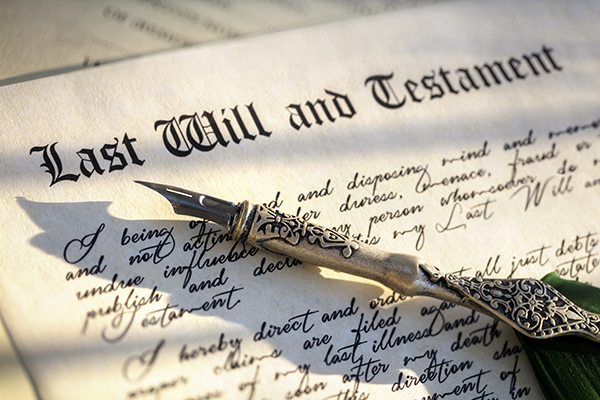
Is It Legal to Write Your Own Will?

We often hear this scenario: you handwrite your final wishes and sign the document before storing it in your safe, bank box or another safe place. Is this document a valid Last Will and Testament to carry out your wishes?
In Wisconsin, this handwritten document is considered a “holographic” will. A holographic will is a handwritten document that is signed by the testator, being the person who intends to formalize their distribution intentions, but is not witnessed or notarized. Under Wisconsin law, such a will is not properly executed and is not considered a valid Last Will and Testament.
For a Will to uphold and truly carry out the final wishes of a testator, the document must be properly executed with a number of formalities. First, the document must be signed by the testator, either by the testator or with assistance of another person with the testator’s consent, or by another person with the testator’s direction and in the testator’s conscious presence.
Second, the document must be signed in the conscious presence of two witnesses. Alternatively, the testator may implicitly or explicitly acknowledge the signature on the Will or acknowledge the Will itself in the conscious presence of the two witnesses.
The two disinterested witnesses must sign the Will. These two witnesses shall be disinterested, meaning that they do not stand to inherit from the testator’s estate via the Will and they are not listed as fiduciaries in the Will.
A witness’s signature is not considered proper if the witness does not either actually witness the testator’s signing or receive the above-described acknowledgement from the testator. For example, a Will cannot be signed by a third-party at a different location without any acknowledgement from the testator. Further, Wisconsin does not allow for the signing of Wills via video conferencing.
You may also further protect your intentions by self-proving your Will at the time of execution if you sign your Will under oath and witness. To formalize this self-proved Will, you should sign your Will in the presence of a notary public and receive an official seal.
If you have questions about your estate planning options and whether a Will or another document is the right fit for your intentions, the experienced estate planning attorneys at Anderson O’Brien, LLP are happy to meet with you to discuss your options.

